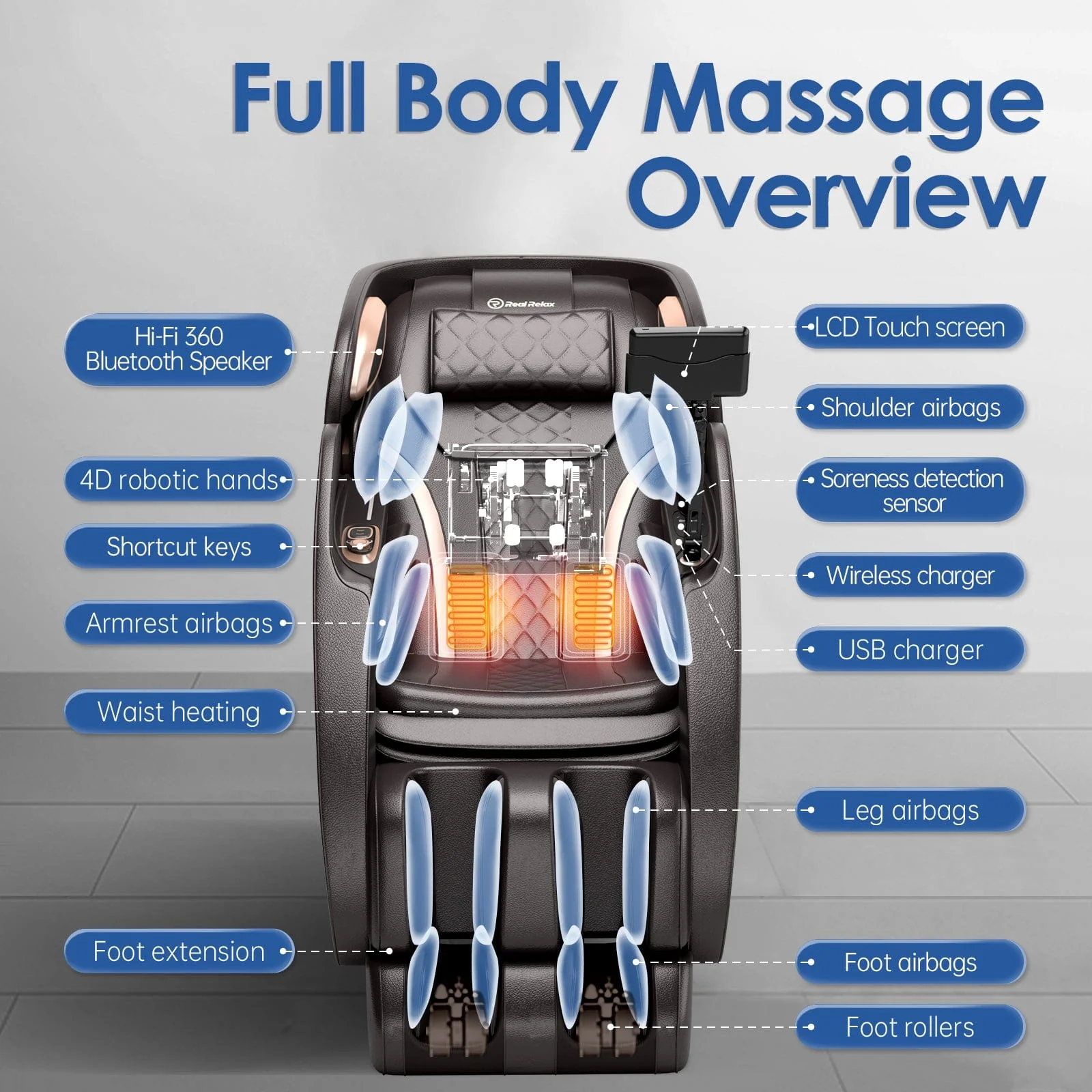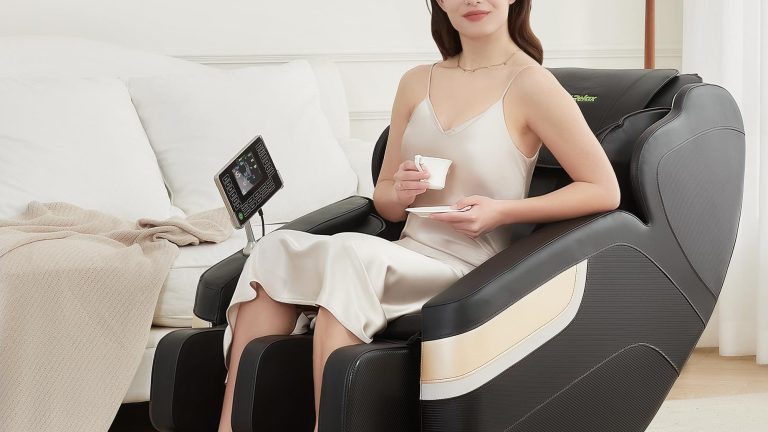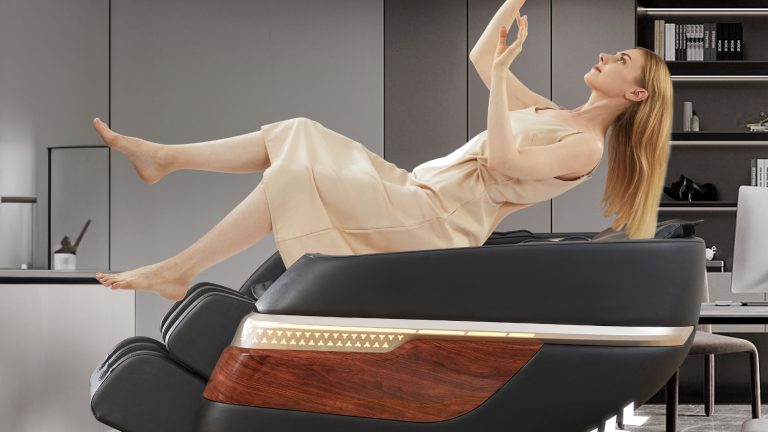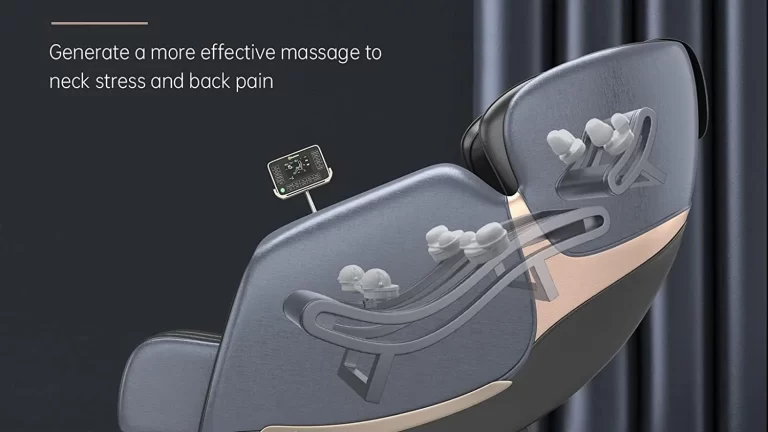AI massage chairs have been popping up everywhere lately—from fancy showrooms to your friend’s living room. But with all the hype around smart features and robotic rollers that “know your body,” are people actually impressed? Or is it just clever marketing?
First Impressions: Fancy but a Little Intimidating?
Many users admit that when they first saw an AI massage chair, they were intrigued—and maybe even a bit overwhelmed. With sleek touchscreens, voice controls, body scanning, and multiple massage modes, it’s not your grandma’s recliner.
People often describe the chairs as “futuristic” or “like sitting in a spaceship.” But after getting past the initial learning curve, most say the controls are easier than they thought. Especially once the chair starts remembering your preferences.
One reviewer put it this way:
“I felt like I needed a pilot’s license at first, but by the third session, I wasn’t even thinking about the buttons. It just knew what I needed.”
Does the AI Actually Do Anything?
This is the big question: does the AI make a difference?
Surprisingly, yes—at least according to most users. People love the body scanning feature, which measures your shape and posture before starting the massage. It adjusts the rollers to your exact height and pressure points, and it feels noticeably more precise than older massage chairs.
Reviewers also mention how the chair learns from previous sessions. Over time, it remembers your favorite pressure levels, where your muscles are tense, and how long you prefer your massages. That’s where the “smart” part actually delivers.

Comfort Levels: All the Right Spots (Usually)
Most folks agree the massage itself is legit relaxing. The 4D rollers (which move in more directions and adjust speed) tend to get solid praise, especially for deep tissue massages. The AI helps fine-tune the pressure, so it doesn’t feel too weak or way too strong—unless you set it that way.
Some users with chronic back or neck pain say the chair’s routines help manage tension after long workdays. Others simply use it for quick post-gym recovery or end-of-day wind-downs.
One common sentiment is:
“It actually knows where I’m tight before I even realize it.”
Of course, not everyone feels that way. A few users mention the lower leg massage being too strong or the shoulder rollers not hitting the perfect spot every time. But overall, the AI takes a lot of guesswork out of the equation.
Is It Easy to Use?
Surprisingly, yes.
Even though the idea of an AI-powered chair might sound complicated, most models are super user-friendly. You can control them with voice commands, remote controls, or mobile apps. And if you’re not tech-savvy? Most chairs come with pre-programmed modes that make it as easy as pressing “start.”
Families with multiple users love how each person can save their own profile. No more adjusting settings every single time—it just knows who’s sitting down.
Sound, Heat, and Extras: Worth It?
A lot of AI massage chairs now include built-in Bluetooth speakers, soothing heat pads, and even sound-based vibration features. According to user reviews, these extras don’t feel like gimmicks.
The heated lower back and calf zones are a fan favorite—especially in colder months. And when the chair syncs music to the rhythm of the massage? That’s next-level relaxing.
Still, some folks skip these features entirely and stick to the core massage functions. But for others, they say it adds to the whole experience.
Any Downsides?
Of course—no product is perfect.
Here are the most common complaints people mention:
- Price: These chairs aren’t cheap. Even entry-level AI models can cost a few thousand dollars.
- Size: They take up space, and moving one is no small task.
- Noise: While most are pretty quiet, some models can hum or click during certain massage modes.
- Too Many Options: A few users said they felt “option fatigue” with all the settings.
That said, most of these concerns don’t stop people from enjoying the chair long-term.
What Are People Really Saying?
In general, people who buy AI massage chairs seem pretty happy with their decision—especially if they use it often. The biggest wins users mention are:
- Less tension after work
- Better sleep quality
- Less reliance on booking massage appointments
If you’re the kind of person who likes regular massages, the upfront cost might make sense over time. And if you want a chair that adapts to your body, mood, and muscle tension? The AI feature is a big plus, not just a fancy label.
So what do people really think? Most say once they get used to it, they never want to go back.




